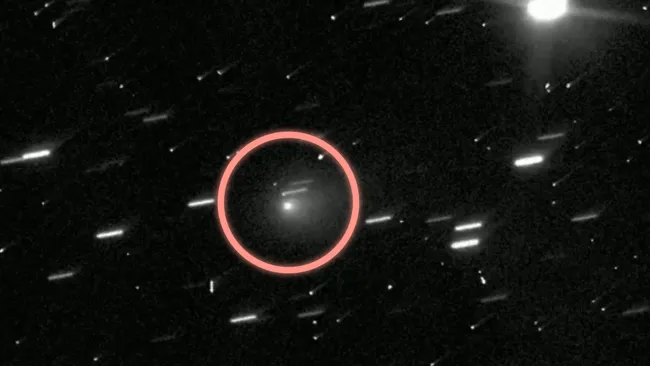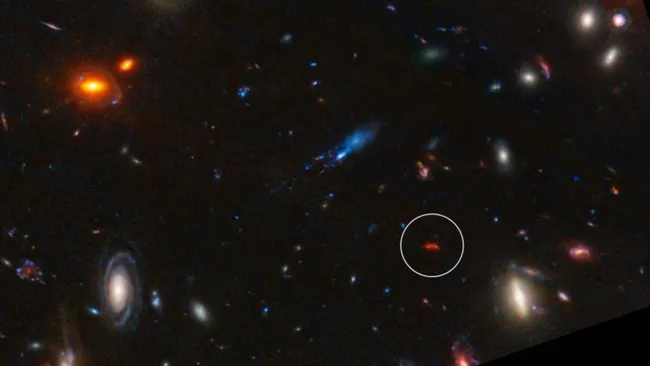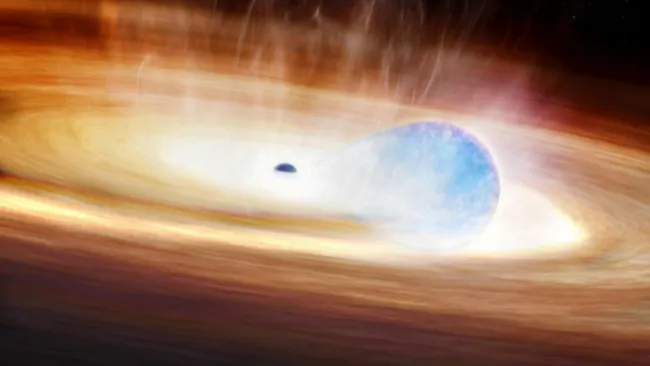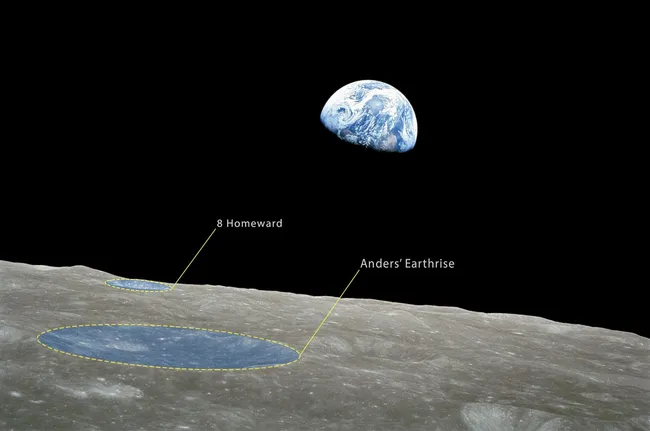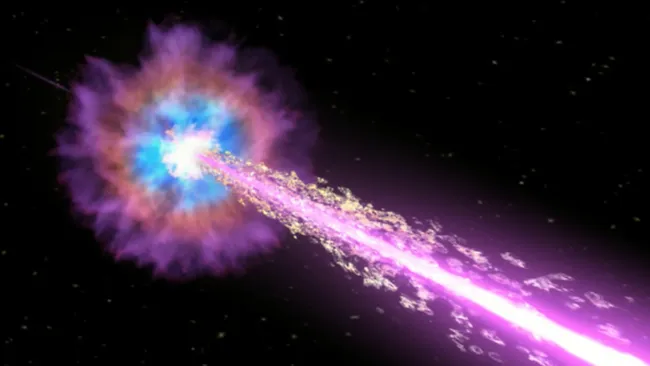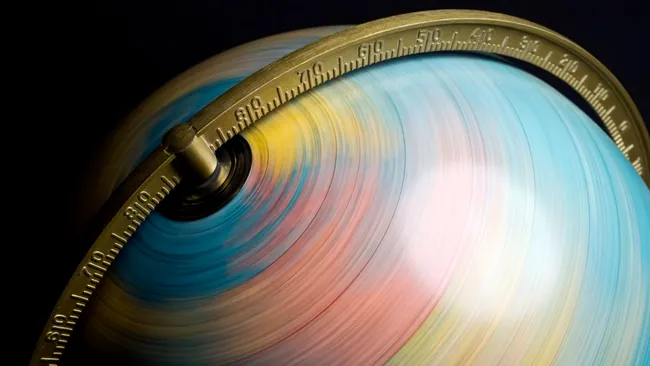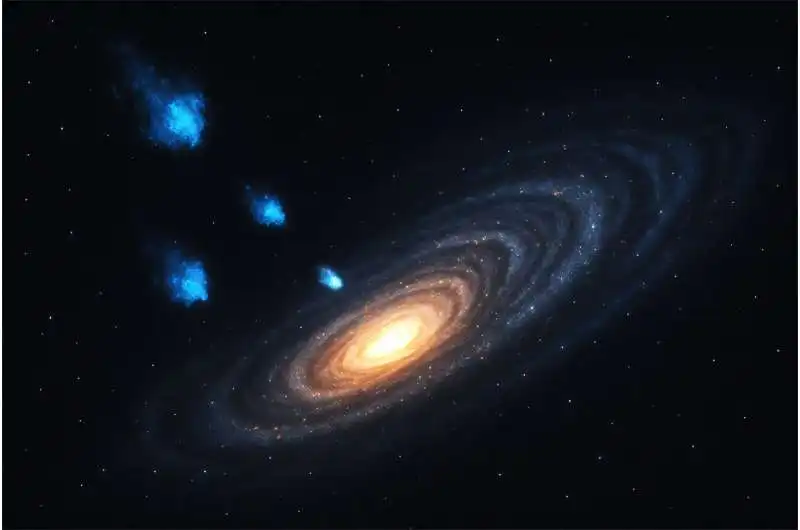The Hubble Space Telescope has captured its first images of comet 3I/ATLAS, marking only the third time in human history that a comet from beyond our solar system has been spotted.
Previously, scientists had observed two interstellar objects: 1I/‘Oumuamua in 2017 and 2I/Borisov in 2019. Now, 3I/ATLAS has joined this rare cosmic club—and it might be the most fascinating yet.
Ancient Comet From Deep Space
According to recent research highlighted by Space.com on July 11, 3I/ATLAS may be older than the solar system itself. With an estimated age of 7 billion years, the comet possibly originated in a much earlier part of the Milky Way’s history, making it the oldest comet ever detected by scientists.
Discovered on July 1, 2025, by the ATLAS survey telescope, this interstellar comet has ignited interest from multiple observatories. Most notably, Hubble’s sharp optics were able to image the comet’s fluffy coma just five hours after it was initially flagged.
A post on Bluesky by astrophysics undergrad @astrafoxen revealed the first Hubble shots:
“Plenty of cosmic rays peppering the images, but the comet’s coma looks very nice and puffy. Best of luck to the researchers trying to write up papers for this…”
A New Window Into Interstellar Matter
One such paper, already circulating in preprint, describes optical and near-infrared spectroscopy of 3I/ATLAS. The analysis reveals that the comet is rich in water ice, with a dust composition closer to D-type asteroids than to ultrared trans-Neptunian objects.
This is important because D-type asteroids are known for their organic molecule-rich silicates and carbon, with water ice buried inside—clues that can help astronomers understand planetary system evolution across the galaxy.
Rubin Observatory Joins the Hunt
The Vera C. Rubin Observatory, which released its first cosmic images on June 23, 2025, is also eyeing 3I/ATLAS. Equipped with the largest digital camera ever built, Rubin is expected to detect 5 to 50 interstellar objects over the next decade through its Legacy Survey of Space and Time (LSST).
This makes 3I/ATLAS just the beginning. For now, though, it’s getting the full attention of astronomers eager to peer into materials from beyond the Sun’s reach.
Download Hubble’s images of 3I/ATLAS here and witness the rare arrival of a cosmic wanderer billions of years in the making.

